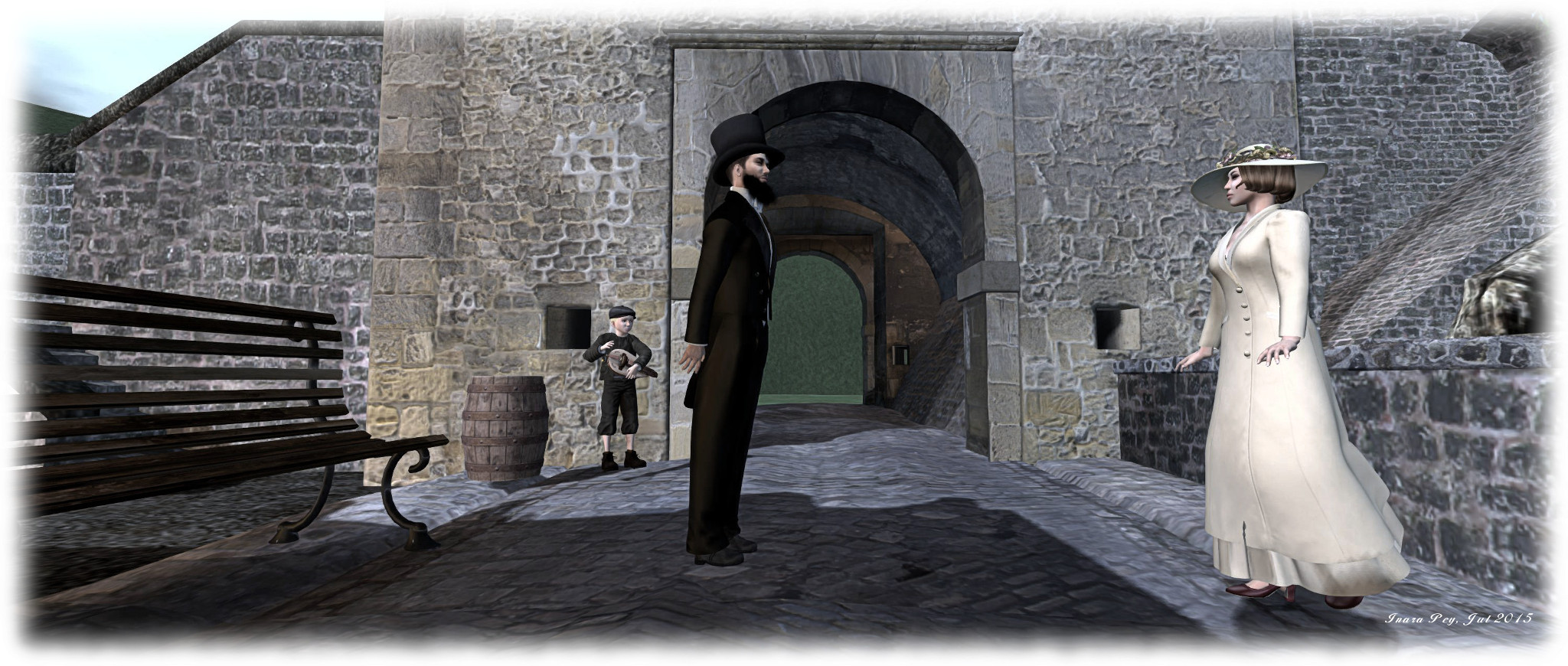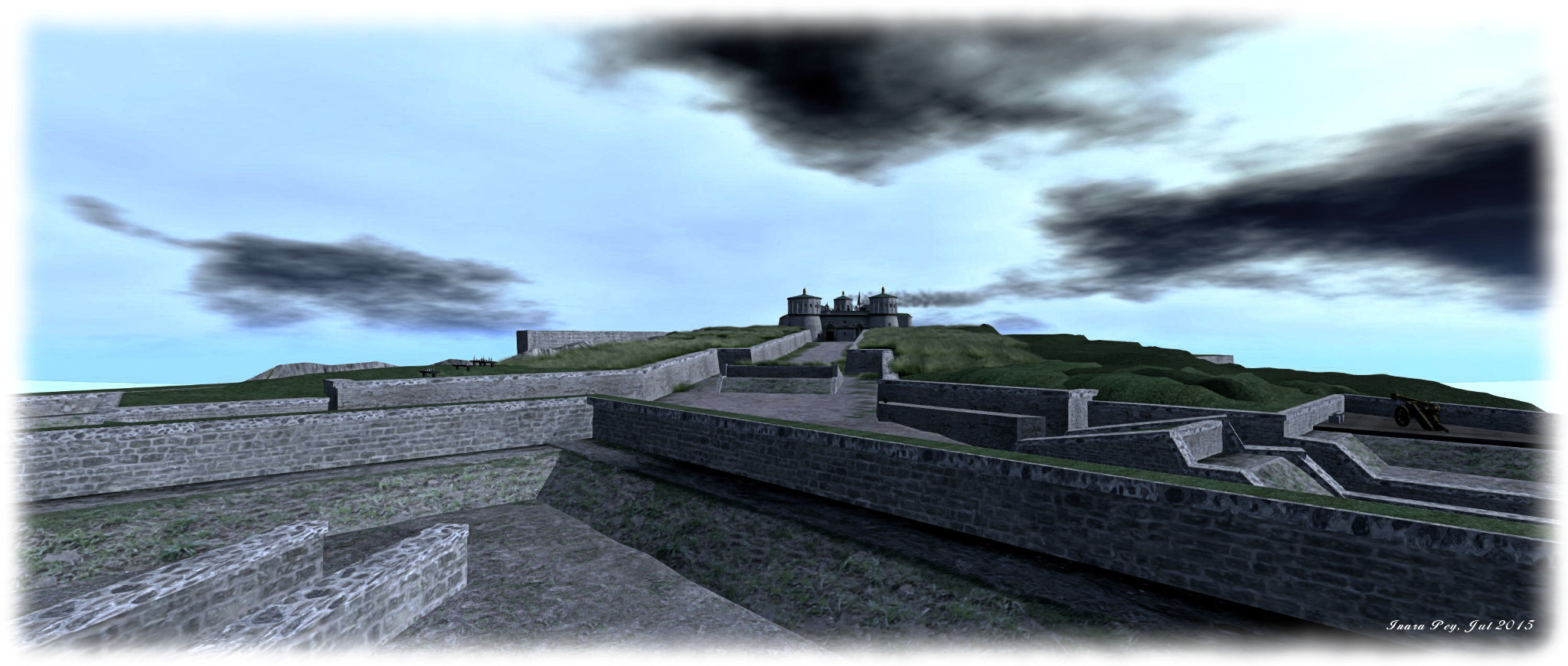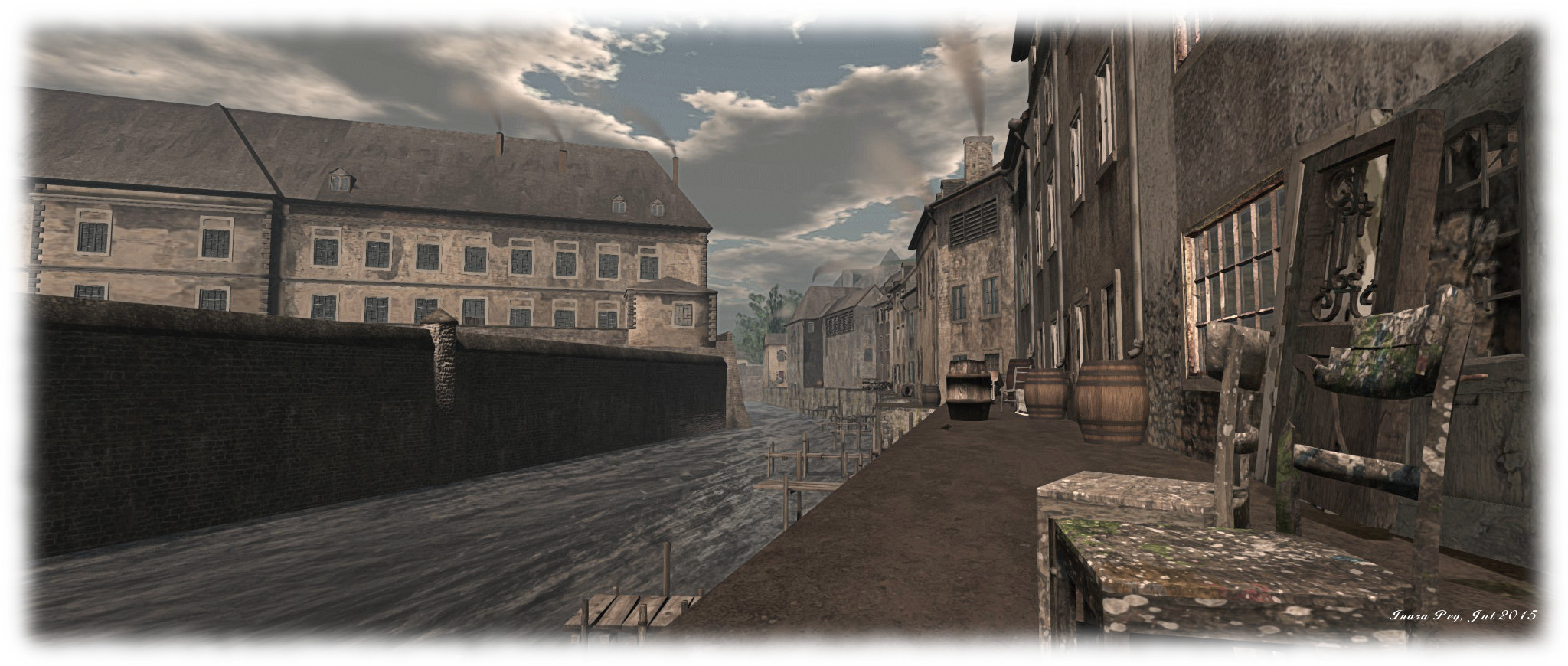
In June of this year, I wrote about Tom Boellstorff (Tom Bukowski in Second Life), a Professor of Anthropology at the University of California, Irvine (UCI) who has a long history of engagement with, and the study of, virtual worlds and environments, who was then launching a new study, The Role of Emerging Virtual Cultures in the Prevention of COVID-19 Transmission (see: Second Life & COVID-19: a Digital Cultures study – call for participants).
This work, supported by National Science Foundation, in part grew out of a broader study Tom and his students had been conducting into the role of virtual environments and applications and their impact on those using them (see: Studying digital cultures in Second Life, June 2020), and which itself had suffered disruption during the pandemic, forcing Tom and his students to turn to digital tools.
The Role of Emerging Virtual Cultures in the Prevention of COVID-19 Transmission has involved to platforms: Animal Crossing and Second Life – with the latter being used for a series of open discussions among Tom and his students and Second Life residents interested in attending.
As we know, this pandemic has been reshaping on-line interaction; as many have noted, what we call “social distancing” is really physical distancing, and because of it, an unprecedented number of people have been socialising on-line, in new ways and for new purposes. A better understanding of these new digital cultures will have consequences for COVID prevention: successful physical distancing will rely on new forms of social closeness on-line. It will also have consequences for everything from work and education to climate change.
– Professor Tom Boellstorf, discussing The Role of Emerging Virtual Cultures
in the Prevention of COVID-19 Transmission, July 2020
Those meetings are still on-going at the UCI Irvine’s Anteater Island every Thursday at 10:00 SLT, however, on November 14th, Tom dropped me a line asking me to help in encouraging Second Life users to also participate in an on-line survey that also forms a part of the study. Unfortunately, an on-going family situation in the physical world prevented me for actually noting Tom’s request – so my apologies to him and his team for my tardiness in only writing about it at this point in time.
The survey should take around 10-15 minutes to complete, and is given the following purpose / description:
We are studying what people are doing in Second Life in the midst of the COVID-19 pandemic [to gain a] better understanding this might provide innovative strategies for preventing viral transmission by forging new forms of social closeness in the context of physical distancing. It might also help us better respond to the transformed social lives we are all destined to encounter. We would love to learn about your experiences!
From The Role of Emerging Virtual Cultures in the Prevention of COVID-19 Transmission survey
It is not an anonymous survey – you will be asked to give your avatar name and an e-mail address – but none of the questions are deeply intrusive, and focus on activities and interactions through Second Life.

Second Life residents who would like to complete the survey can do so here.
You can also learn more about the study to the website.
Links to Tom Boellstorff in this Blog
- Second Life & COVID-19: a Digital Cultures study – call for participants – July 2020.
- Studying digital cultures in Second Life – June 2020.
- Tom Boellstorff: teaching digital culture in Second Life – June 2020.
- Empowering embodiment: Our Digital Selves – May 2018.
- Exploring disability, new cultures and self in a virtual realm – May 2016.
- In the Press: A (virtual) world without Parkinson’s – January 2016.
- Digitising ethnography in Second Life – August 2015.
- Defining the real and the virtual – June 2014.
SLurl Details
- Anteater Island – Home of Digital Cultures 2020 (rated: Moderate)












